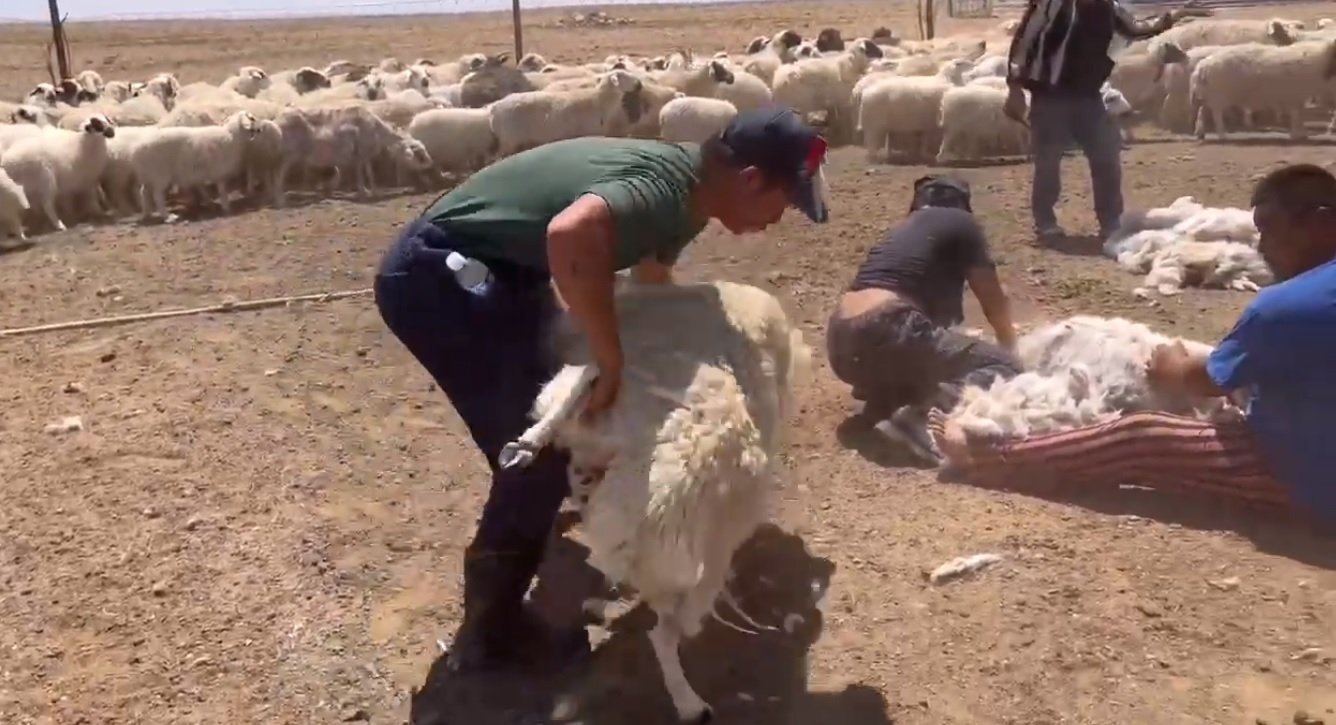
Mongolian Warriorship
Наадам
Naadam
The Traditional
Mongol Games
In 1206 the great Temüjin was able to unite the Mongol steppe and adopted the title of Chinggis Khan. He pushed administrative and social reforms to consolidate his power, further the cohesion and unity of his people and to ensure the military and economic power of his empire. He instituted the Mongol Naadam to be held every year, an event with competitions to maintain the martial prowess of his people. To this day, Mongols adhere to the eriin gurvan naadam, or "the three games of men": Wrestling, Archery and Horse Racing. These three skills underpin the way of the Mongol Daiqin (Warrior).
Yet the naadam today is not the exact same naadam that Chinggis Khan presided over. Mongol societies and armies were constantly developing with the introduction of new technologies and ideas. Today’s naadam and Mongol martial arts are heavily influenced by the Manchu daiqing gurun, otherwise known as the 清 Qing.











Vincent is devoted to becoming a Bokhchin, a wrestler.
Becoming a Wrestler
Mongolian wrestling was in no small part the inspiration for The Wandering Warrior. In 2018 he left the corporate world to immerse in Mongol Bokh (wrestling) and carve a new path in his life. This is one of the harshest and most dominant wrestling arts in the world.
Gently curved sabers were common sidearms of Turko-Mongol people and these greatly influenced sword-design in Europe, Middle East, South Asia and China.
Exploring the Mongol Past
As a part of understanding and immersing in Mongol warriorship, the base of which is exemplified in the Naadams, Vincent explores the medieval and early modern martial arts of the Mongols and their armaments. There will be more study and training in this as well as Mongolian horse-archery!

The Dzungars, the Khalkha and the Qing Empire
All empires rise and fall. The Mongol Empire gradually fragmented and the Han Chinese revolted, ushering in the 明朝 Ming dynasty. Tibet spread its Buddhism and influence amongst the Mongols. Battles were fought across the Tibetan plateau and the Mongol grasslands as a result of the Tibetan civil war and Mongol Khans seeking to unite their people. Educated in Tibet, Galdan became the leader of the Dzungars (Oirat, western Mongols) while his contemporary Zanabazar ruled the Khalkhas of today’s Mongolia. Meanwhile, the 明 Ming had been conquered by the Manchu 清 Qing.
The rising power of the East, the Qing dynasty, would see the Dzungars as their nemesis. Emperor Kangxi of the Manchu Qing empire would clash with the Mongol forces of Galdan. Zanabazar of the Khalkha, caught in between these two rival powers, would have his Mongols join the Qing. This multi-generational conflict would result in many wars and eventually a genocide of the Dzungars.
Both Tibetan Buddhism and inclusion into the Manchu Banner system (military-administrative divisions) would shape Mongol society for hundreds of years. From the 1600s to the early 1900s, Mongol and Manchu influenced one another greatly. Manchu archery became the dominant system in the Qing Empire (daiqing gurun in Manchu) deeply influencing Mongol, Tibetan and Chinese archers. Firearms became more common and warfare and fighting techniques adjusted accordingly. Chinese saber design spread throughout mainland East Asia to be used by Mongol and Manchu alike but with Tibetan and Iranian influences.
Southern Mongolian wrestling received Imperial patronage and some Manchu shamanistic touches and Khalkha wrestling would change even more when within the Russian and later Soviet Russian sphere. Mongolian wrestling was adopted by the Manchu, and it would give rise to modern day 摔跤 / 摔角 Shuai Jiao and 快跤 Kuai Jiao - often called Chinese wrestling.

анчин
Hunter
Cavalry archery, lancing and sabermanship are no longer relevant skills for modern warfare. However, blade know-how and marksmanship are still crucial for the life of the Hunter. Mongol anchin (hunters) still maintain thousand year old traditions and knowledge.
It is in hunting that Vincent Tseng, the Wandering Warrior, will be able to deepen his skill in archery.

An On-going Journey
Inspired by the strong wrestling and soldiering heritage of the Mongols, Vincent Tseng the Wandering Warrior began immersing in Mongol culture in 2018. Since then he has visited Inner Mongolia (China) four times to immerse in Mongol Bokh and compete in Naadams. He is preparing to level up in Mongolian wrestling as well as go deeper into Mongol horsemanship, Mongol and Qing archery and sabers.



